Have you ever wondered what gift cards would be like in this country if we had no gift card laws or consumer watchdogs? Look no further than China as this recent report illustrates.
Prepaid gift cards make up almost 10% of Chinas $1.56 trillion consumer economy, at around $153 billion dollars. For comparison, that is about 1 1/2 times the amount spent on gift cards in the US while the US consumer economy is 6.5 times larger. In the US, about 1% of consumer spending is on gift cards.
Gift cards are largely unregulated, meaning, breakage (the amount of the card face value not spent before the cards expire) could well be many times larger than in the US, where breakage is believed to be around 10%. As far as I can tell, there are no laws limiting card expiration.
There is no concept of unclaimed property laws in China, which means any gift card balance not spent goes directly to the issuing company. In the US, states have become very aggressive at claiming gift card breakage as unclaimed property which means companies profit less and less from unspent balances.
Gift cards in China pay no interest, despite a very high level of inflation; companies get to put the gift card money to work as consumers aren’t using the cards while the card face value becomes lower and lower. You can be sure that if we had 7-10% inflation in the US, laws would be passed requiring gift card to pay interest.
Gift cards take a bite out of Chinese consumers
- Source: Global Times
- [20:57 April 28 2011]
Observers often try to understand the mysterious patterns of Chinese consumption, such as the general sense of thrift when saving money, obsession with luxury goods and the sometimes irrational enthusiasm for health products.
The wide use of prepaid gift cards perhaps offer us some hints about Chinese patterns of consumption. Somehow the tiny little gift card has become a symbolic economic idiosyncrasy.
China isn’t an enthusiastically consumerist country. Its total GDP is twice that of the UK, but according to World Bank statistics, in 2010 its total household consumption ($1.56 trillion) was even lower than the UK’s ($1.72 trillion).
hinese spend modestly on most things – save gift cards.
According to consultants’ estimates, Chinese consumers spend nearly 1 trillion yuan ($153 billion) on prepaid gift cards each year, while the British only spend $5 billion. It is also estimated that in China’s malls, payments made through gift cards account for 15 percent of merchants’ total average revenue.
Gift cards’ intriguing popularity has explanations, many of which are cultural. Gift-giving is certainly a Chinese custom. Sometimes such gift is in the form of hongbao (red envelopes containing cash), which seem to be indelicate. But many are worried as to whether gift cards worth hundreds of yuan are a medium for expressing gratitude or a vehicle for small bribes.
Recently, the use of gift cards as bribes even drew attention from the highest ranks of the Chinese government.
On March 25, Premier Wen Jiabao, during a speech on fighting corruption, warned that the gift card had created an easy means of corruption and called on the government to address the issue.
But it’s unlikely that a market of 1 trillion yuan is all made up of bribes. There is also economic rationale behind this boom.
Some people believe that company’s giving out gift cards rather than direct payments to employees facilitates tax evasion.
This partly explains the enormous amounts spent on gift cards by large firms.
As to the supply side, at a time of inflation and mounting interest rates, a gift card that pays consumers no interest are actually giving retailers whopping extra income.
Retailers can sell gift cards to consumers and then lend the deposited money out, while the consumers are shouldering the burden of inflation.
This is barely perceptible to each individual. But the lucrative margin pushes merchants to issue massive amounts of gift cards.
It seems almost unbelievable that so many people would unwittingly throw money away like this. But this is very common in China, as many consumers often have multiple gift cards and it is not easy to find the time to shop before the expiry date.
Most people aren’t aware of the risks around cards. But consumers and taxpayers ultimately pay the price for tax evasion and the loss of interest.
The emergence of China’s gift card culture thus has solid commercial rationale. Its consequences, apart from the potential consumer’s welfare loss and adoption as bribery, are not all bad, tough.
After all, gift cards spur spending. Chinese usually instinctively save cash, but do spend most of their gift cards.
Anything that gets money out of savings accounts and into the wider economy is good for the country, from a Keynesian perspective even if it costs consumers a tiny amount each time.


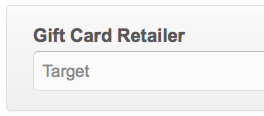

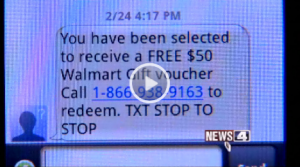
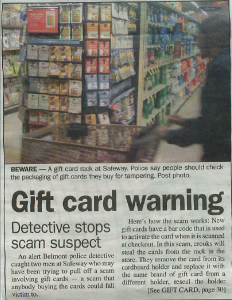

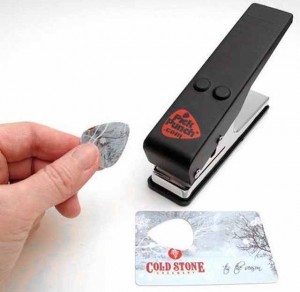


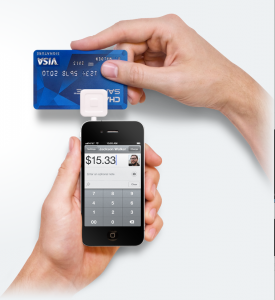
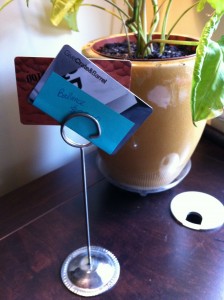

RSS